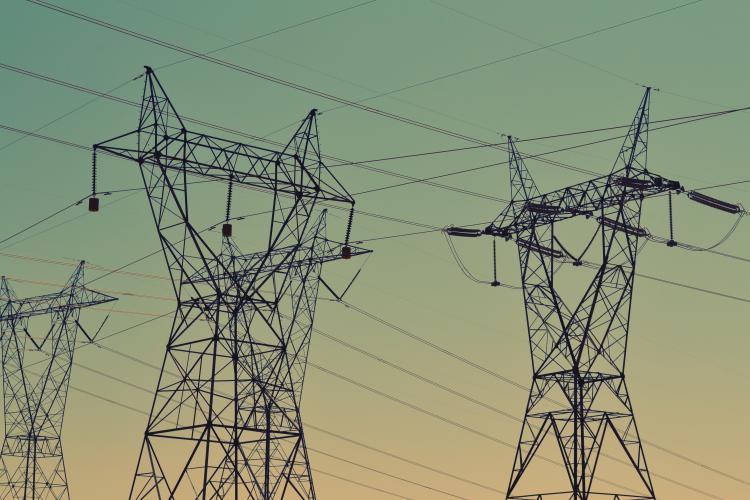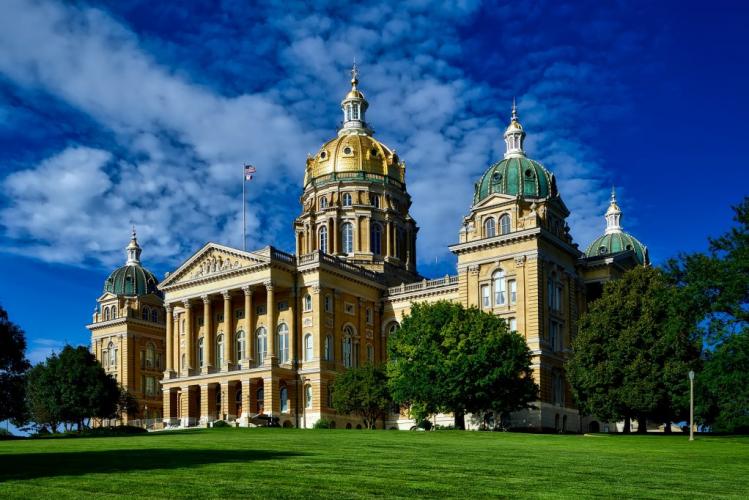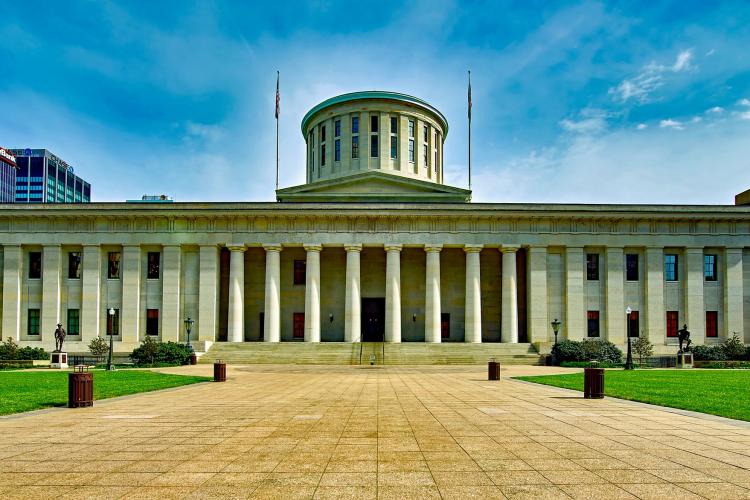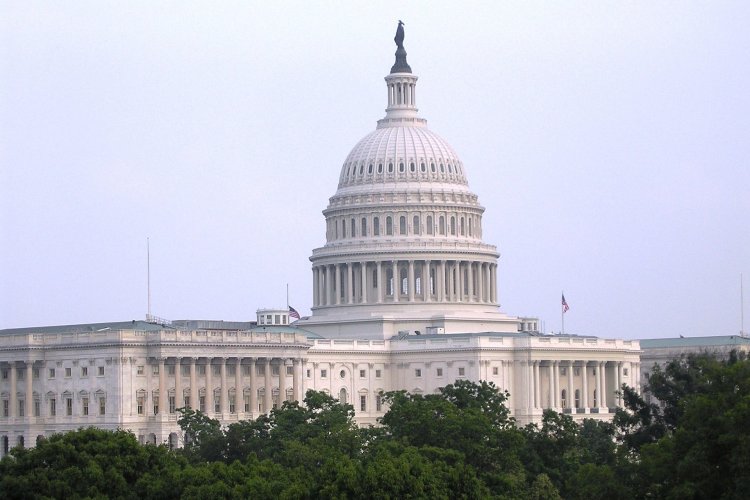Policy
The Clean Power Plan Roller Coaster
A year ago, the Clean Power Plan (CPP) – a federal rule aimed at curbing greenhouse gas emissions from existing fossil-fuel burning power plants – was in peak health. The rule had been finalized by the U.S. Environmental Protection Agency (EPA). Several states were on their way to preparing their initial plans for complying with the CPP. The EPA had begun gathering public input on draft documents that would supplement the rule, including the Clean Energy Incentive Program, Model Trading Rules and Evaluation, Measurement and Verification (EM&V) Guidance for Demand-Side Energy Efficiency. Despite the chill of winter, there was no lack of CPP-activity.
What a difference a year can make!
Iowa Releases State Energy Plan
On December 21, Iowa Lieutenant Governor Kim Reynolds, along with the Iowa Economic Development Authority, the Iowa Department of Transportation and the Iowa Partnership for Economic Progress released the Iowa Energy Plan. The plan will serve as a guide for the development of an affordable, reliable and sustainable energy system within the state that maximizes Iowa’s economic potential.
Kasich Vetoes Extension of Energy Efficiency Freeze
On December 27, Ohio Governor John Kasich vetoed Substitute House Bill 554 (Sub. HB 554), which would have extended the two year freeze of the state’s renewable portfolio standard and energy efficiency resource standard (EERS). Specifically, Sub.
Michigan Gov. Snyder Signs Pro-Efficiency Energy Package
On December 21, 2016, Governor Snyder signed into law a comprehensive energy bill package (PA 341/PA 342) that the Michigan legislature passed (as SB 437/SB 438) on December 15, 2016, the very last day of its “lame duck” fall session. PA 341 amends PA 3 and PA 342 amends PA 295.
What Does Illinois’ New Energy Bill Mean for Energy Efficiency?
After more than two years of legislative proposals and negotiations, on Wednesday, December 7, Illinois Governor Bruce Rauner signed into law the Future Energy Jobs Bill (SB 2814). The bill, which contains support for renewable energy, nuclear energy and energy efficiency, was passed by the Illinois legislature on December 1, the last day of veto session, with bipartisan support and will take effect June 1, 2017.
Midwest States Gain the Most from Industrial EE
Last month, the Alliance for Industrial Efficiency released a new report that ranks each U.S. state on their potential for industrial energy efficiency to reduce carbon emissions. The report, State Ranking of Potential Carbon Dioxide Emission Reductions through Industrial Energy Efficiency, identifies which states are best suited to help the industrial sector to cut carbon emissions, while saving money and making manufacturers more competitive.
2016 Annual Meeting Recap
Each year, the members, board and staff of MEEA meet to celebrate the past year’s successes, elect the Board of Directors, swap best practices (and business cards) and discuss industry trends and MEEA’s roles therein.
This year, we gathered June 8-9 in St. Louis—just a stone’s throw away from the Gateway Arch and Busch Stadium—with a focus on upcoming political elections and treating energy efficiency as a supply-side resource. We were also pleased to unveil MEEA’s new logo and Annual Report.
Committee Recommends Indefinite Freeze on Ohio Clean Energy Standards
On Wednesday, the Ohio Energy Mandates Study Committee (created under SB 310) released their recommendation on the near-term future of mandated energy efficiency and renewable energy standards in Ohio. The report recommends the General Assembly impose an indefinite freeze of these standards.
House of Representatives Passes Energy Efficiency Bill S.535
On April 21, 2015, the House of Representatives passed S.535, which establishes three separate programs to bolster energy efficiency measures in commercial, residential and/or mixed use buildings. This follows the Senate’s unanimous passage of this bill on March 27, 2015. The President is expected to sign the bill into law in the coming weeks.









